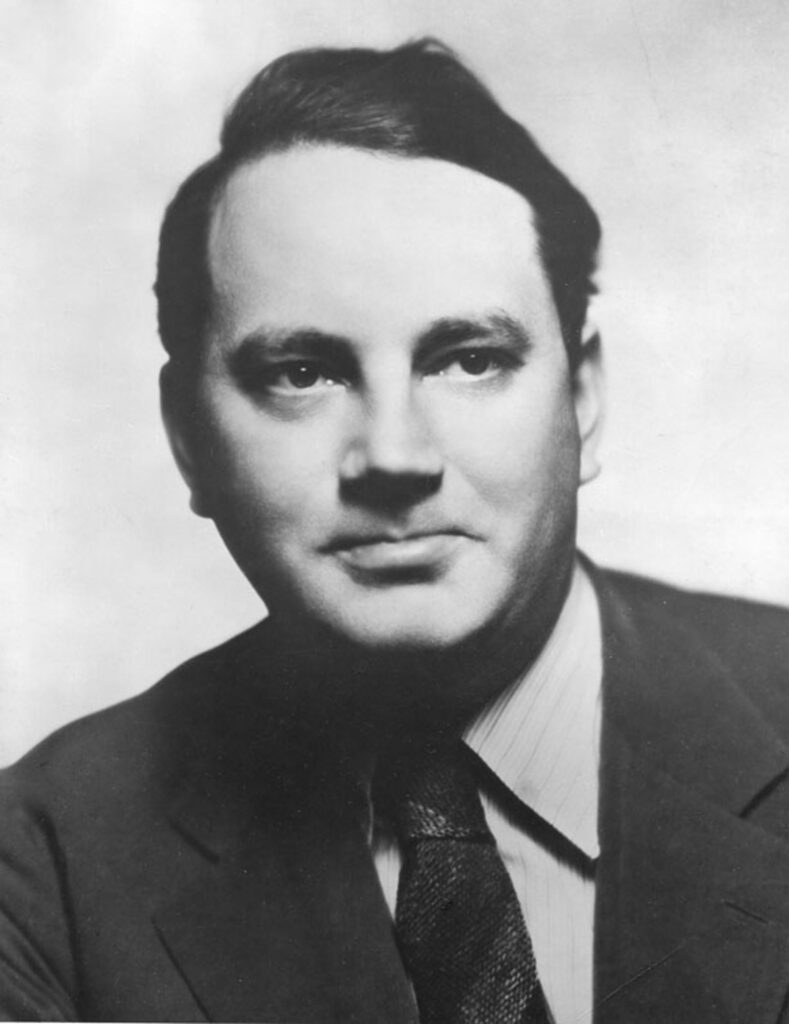
Thomas Clayton Wolfe was one of the most important American novelists and short story writers of the early 20th century. When he died as a young man in 1938, he joined the long list of literati victims of the dreaded “captain of these men of death”—John Keats, Percy Shelley, Elizabeth Barrett Browning, Robert Louis Stevenson, Henry David Thoreau, Emily and Charlotte Bronte, Anton Chekov, and F. Scott Fitzgerald.
Wolfe was born in 1900 in Asheville, North Carolina, which at the time was the site of a famous sanitarium to which people from all over the world came for treatment. As his mother was managing a guesthouse in town, he had plenty of opportunities to be exposed to tuberculosis. At age 15 Wolfe enrolled at the University of North Carolina in Chapel Hill and began to write short stories. He then went to Harvard and obtained a master’s degree in 1922. Moving to New York City, he became the successful author of Look Homeward, Angel, and Of Time and the River. He traveled extensively, especially to Germany, where he particularly learned to love Munich.
In June 1938 Wolfe took an extensive whirlwind tour of the American West by automobile and train. He visited eleven national parks in Crater Lake in Oregon; Mt. Shasta, Yosemite, and Sequoia, all in California; Grand Canyon in Arizona; Bryce and Zion in Utah; Grand Teton and Yellowstone in Wyoming; Glacier Park in Montana; and Mt. Rainier in Washington.1 In Seattle on July 6, Wolfe became ill, with fever and cough. By August he had severe headaches. Returning to the east, he was seen at Johns Hopkins Hospital, where a cerebrospinal fluid examination was compatible with tuberculous meningitis. To relieve the intracranial pressure, the famous neurosurgeon Walter Dandy performed a trephining procedure. Relief was but short-lived and Dandy proceeded to craniotomy. He noted myriads of granulomas on the surface of the brain and concluded that the case was hopeless. Wolfe died on September 15, 1938.2,3
The family refused autopsy. The small piece of brain tissue submitted by Dandy for pathological examination revealed some areas suggestive of early tubercle formation. But repeated stains and cultures failed to show tubercle bacilli and the case was signed out as “non-specific” meningitis. Based on his previous history, it was assumed that pneumonia had reactivated an old tubercular lung lesion, and that this had spread to the brain.
In 1974 James Meehan challenged this diagnosis. He postulated that Wolfe had been infected in the desert by the dust-borne fungus Coccidioides immitis and that he died from acquired coccidioidomycosis, known as San Joaquin Valley fever.3 Wolfe’s entire route, from Califormia across the Mohave desert to Arizona and up to the Grand Canyon, had taken him through the heartland of endemic Valley fever.2,3
Coccidioidomycosis had first been described by a medical student in Argentina in 1892 but was not well known or understood at the time, whereas tuberculosis was on everyone’s mind. As the symptoms of the two diseases resemble each other and as both may have been the cause of the “granulomas” seen on craniotomy and at autopsy, especially as the bacteriological techniques at the time were still not highly developed, coccidioidomycosis remains an attractive and plausible retrospective diagnosis.
References
- Wolfe T. A Western Journey. Virginia Quarterly Rev 20, no. 3 (Summer 1939): 57.
- Lathan SR. The death of Thomas Wolfe: A 60-year retrospective. J Med Assoc Ga 87, no. 3 (Sept 1998): 214-7.
- Wilson FC. In Search of the Tubercle Bacillus: The Death of Thomas Wolfe. Mosaic: An Interdisciplinary Critical Journal 20, no. 3 (Summer 1987): 57.

Leave a Reply